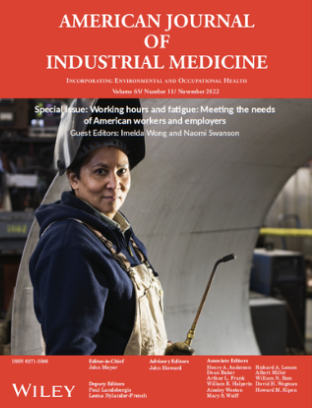Read the Full Article 
Background
Access to paid family and medical leave (PFML), including leave to care for a seriously ill loved one or recover from one’s own serious illness, conveys health and economic benefits for workers and their families. However, without a national PFML policy, access to paid leave remains limited and unequal. Previous work documenting inequitable access by socioeconomic status and race/ethnicity primarily focuses on parental leave, measures theoretical access to paid leave rather than actual leave uptake, and lacks an accounting for why workers of color and women may have less access to PFML. We extend this literature by looking at leave-taking for medical needs or caregiving among a high-risk population during the COVID-19 pandemic.
Methods
We draw on data from 2595 service-sector workers surveyed by the Shift Project in 2020 and 2021 to estimate inequities in leave uptake among workers who experienced qualifying events. We then estimate the relative importance of worker demographic characteristics, qualifying event types (medical vs. caregiving leave), proxies for access to state and employer PFML policies, job characteristics, and ultimately within-firm differences to these gaps.
Results
Overall, one-fifth of workers reported sufficient leave. Women are significantly more likely than men to report insufficient or no leave. Hispanic and Black workers are more likely to take insufficient or no leave, respectively, but these differences were attenuated when controlling for covariates.
Conclusions
The dearth of PFML laws leaves women and workers of color without access to leave that is paid and of sufficient duration when facing a qualifying event.
Goodman JM, Schneider D. Racial/ethnic and gender inequities in the sufficiency of paid leave during the COVID‐19 pandemic: evidence from the service sector. Am J Ind Med. 2023;1‐10.
